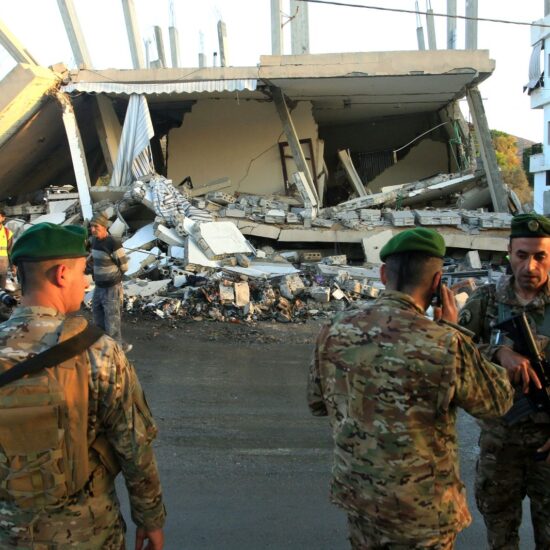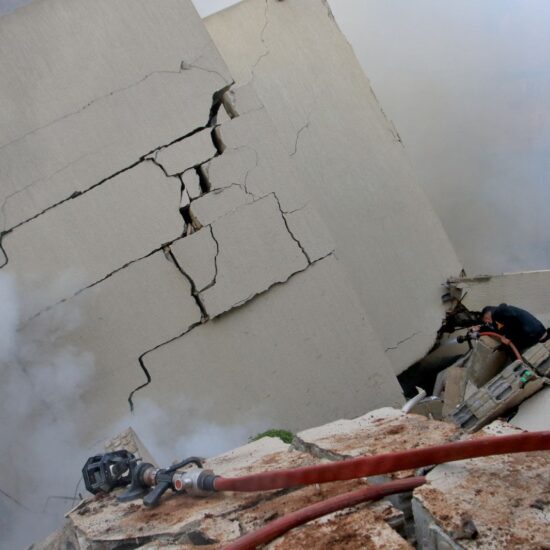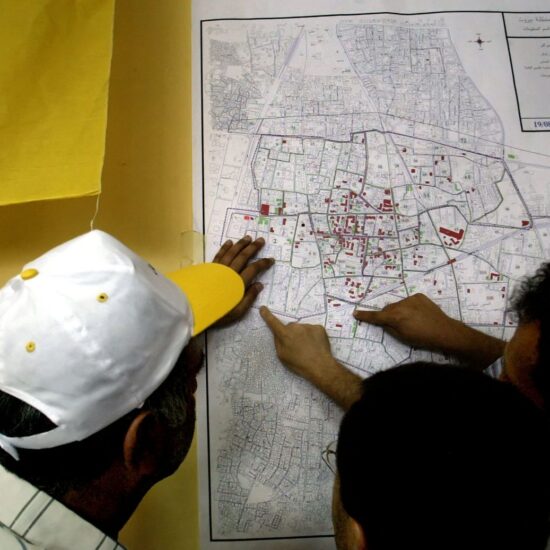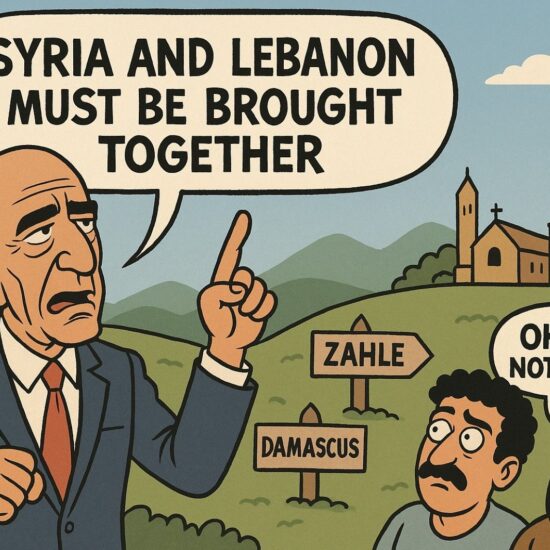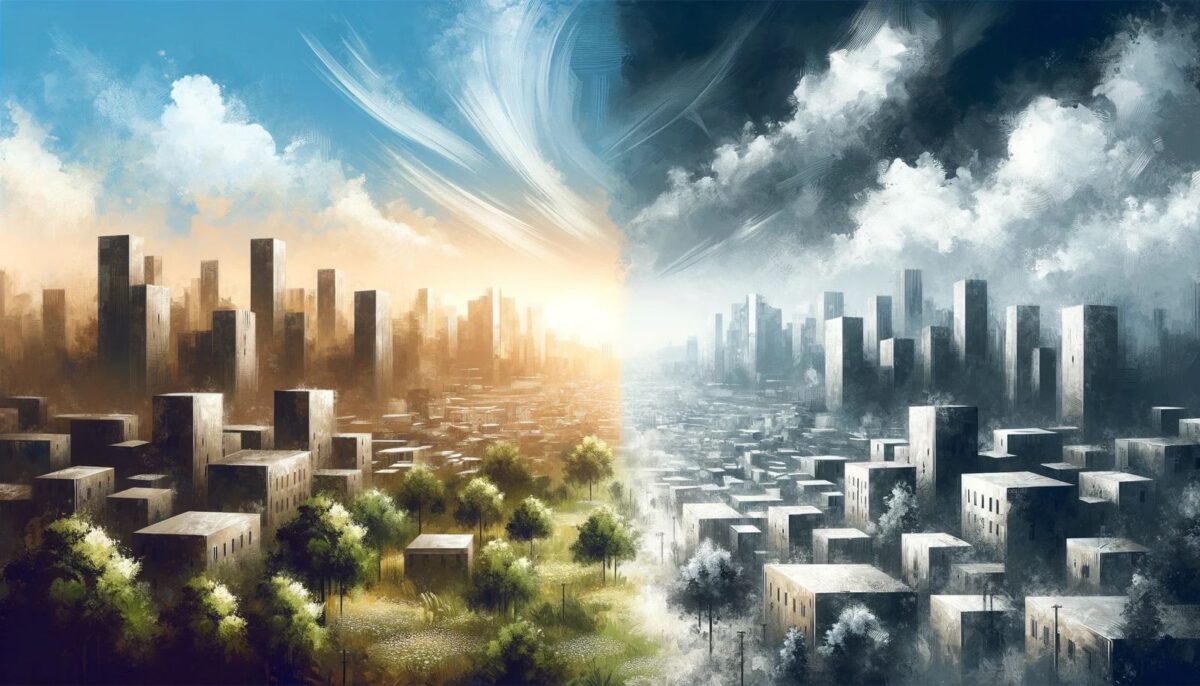
The decisive choices that will make or break the future of the Middle East
As the Middle East confronts one of the most important moments in its tumultuous history, the region’s geopolitical landscape teeters on the brink of significant transformation. Shaped by current events, the region is facing two potential futures: one leading towards peace and regional normalization, the other spiraling into further conflict and isolation. This critical juncture is characterized by an active involvement of global and regional powers, each maneuvering to influence the outcome in accordance with their strategic interests.
The Push for Peace and the Specter of Sanctions
The United States is actively encouraging Israel to engage in peace negotiations, with the leverage of waiving sanctions on specific military units under scrutiny for their roles in the ongoing war on Gaza. Concurrently, the US, together with Saudi Arabia and other Arab states, is spearheading efforts to formulate a comprehensive peace plan. This would aim at establishing a Palestinian state and normalizing relations between Israel and its Arab neighbors, reflecting a serious commitment to solving long-standing regional disputes.
Iran’s Calculated Passivity
Interestingly, Iran’s response to the unfolding scenario has been notably restrained. Despite its capacity to significantly escalate conflicts, particularly in response to Israeli actions, Tehran has maintained a relatively passive stance. This passivity suggests a strategic wait-and-see approach, possibly in anticipation of the outcomes of American and Saudi diplomatic initiatives. The calm currently observed in Arab-Iranian relations, moreover, further underscores a regional readiness for potential diplomatic breakthroughs.
Hezbollah’s Controlled Posture
Similarly, Hezbollah has demonstrated significant restraint along the southern Lebanese border. Unlike its full-scale engagement in the 2006 war with Israel, Hezbollah’s current activities are measured, aiming not to escalate the situation into a broader conflict. This controlled posture could indicate a coordinated effort to avoid undermining the larger strategic objectives possibly being brokered by regional powers.
Israel’s Internal Divisions and Strategic Decisions
Within Israel, the political landscape is sharply divided. Right-wing Ministers strongly oppose the establishment of a Palestinian state, advocating instead for continued military operations in Gaza, particularly in Rafah, the Strip’s southernmost city. Their hardline stance includes proposals to relocate Palestinians, potentially outside their historic territories, highlighting a stark resistance to the diplomatic paths being considered internationally.
Two Scenarios on the Horizon
The ongoing complexities and strategic maneuvering by regional and global actors suggest that the Middle East is at a crossroads. While one path may lead to a historic peace agreement that could reshape the region into a zone of prosperity and cooperation, the other might descend into renewed cycles of conflict and despair, deepening the historical rifts that have long defined the area. The choices made in the upcoming months will not only determine the immediate future of Israeli-Palestinian relations, but could also redefine the broader frame of Middle Eastern alliances and hostilities.
Scenario 1: Path to Peace and Regional Prosperity
Foundations of the Scenario:
The first scenario envisions a successful negotiation leading to the establishment of a Palestinian state, as part of a broader peace initiative involving key Arab states and Israel, facilitated by the United States and possibly Saudi Arabia. The establishment of a Palestinian state would likely be based on a new agreement and not on the pre-1967 borders.
Potential Outcomes:
- Stabilization of the Region: A comprehensive peace deal could lead to a substantial reduction in military conflicts and tensions in the region, potentially leading to a more stable and predictable geopolitical landscape.
- Enhanced International Standing: Countries participating in the peace process could see an enhancement in their international standing and influence, as global powers, including those in Europe and the United States, reward diplomatic success with political and economic incentives.
Challenges to Realization:
- Political Opposition: There is considerable opposition within parts of the Israeli government and populace towards the establishment a Palestinian state, complicating the political feasibility of this scenario.
- Implementation Hurdles: The logistics of rolling back settlements and integrating politically and economically disparate regions present significant challenges.
- Security Concerns: Ensuring the security of all states involved, particularly in controlling extremist groups opposed to the peace process, remains a daunting task.
Scenario 2: Escalation of Conflict and Deepening Isolation
Foundations of the Scenario:
In the second scenario, peace efforts would fail, possibly due to an inability to bridge the gaps on key issues such as the status of Jerusalem, settlements, and the right of return for Palestinian refugees. Israel may continue its military operations in Gaza and potentially expand its actions in the region, which could lead to international isolation.
Potential Outcomes:
- Increased Regional Hostilities: The failure to achieve peace could lead to renewed and intensified hostilities between Israel and various Palestinian factions, potentially drawing in regional players like Iran and Hezbollah even further.
- International Isolation of Israel: Israel might face increasing criticism and potential sanctions from international bodies, possibly including traditional allies, which could lead to economic repercussions and a reduction in diplomatic influence.
- Strengthening of Extremist Groups: The continuation of conflict could provide a fertile ground for extremist groups to gain support, potentially leading to an increase in terrorism and further instability across the region.
Challenges to Realization:
- Humanitarian Crisis: Ongoing military operations could exacerbate the humanitarian situation in conflict zones, leading to significant civilian suffering and international condemnation.
- Economic Decline: Prolonged conflict could deter investment in the region, hampering economic development and worsening living conditions for its populations.
- Geopolitical Fallout: The intensification of war could strain global alliances and complicate the foreign policies of major powers involved in the region, such as the United States, Russia, and the European Union.
The Middle East’s current state is therefore filled with cautious diplomacy and looming potential flashpoints. The decisions made by regional leaders, influenced by both internal political dynamics and international pressures, will critically shape the immediate future of Israeli-Palestinian relations and the broader regional order. Whether these efforts will culminate in a historic peace or a deepened conflict remains uncertain, underscoring the profound impact of the coming months on the future geopolitical landscape of the Middle East.
Ramzi Abou Ismail is a political psychologist and researcher at the University of Kent.
The views in this story reflect those of the author alone and do not necessarily reflect the beliefs of NOW.



